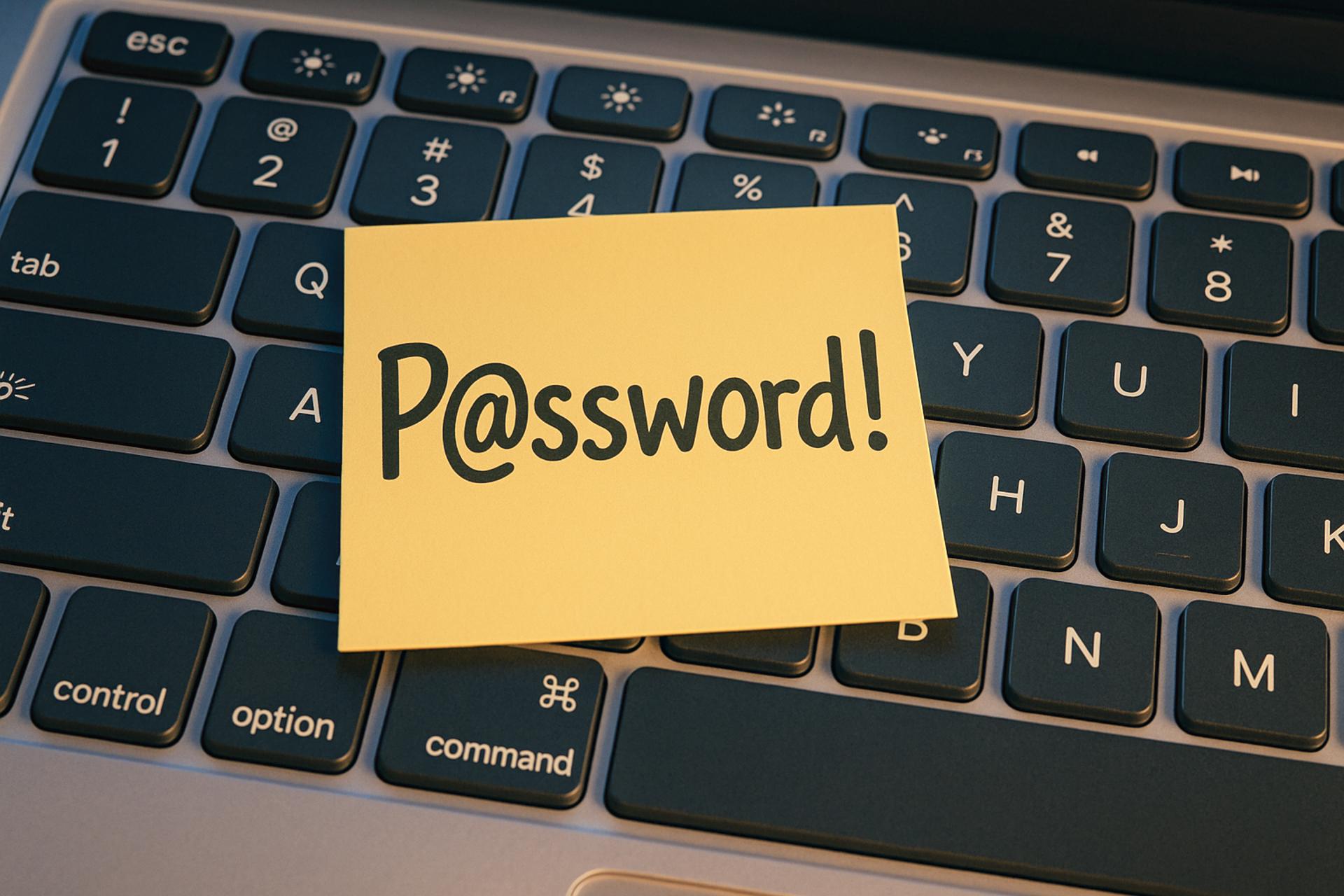
Starting Friday, August 1, you’ll no longer be able to save or manage passwords, use two-factor authentication, or rely on auto-fill features with Microsoft Authenticator as it drops support for its password manager role.
Earlier this summer, Microsoft revealed that they are moving away from using passwords for account authentication and will be using passkeys.
This change is aimed at improving security, since passwords are a security nightmare. A recent survey found that 49% of adults in the US practice poor password habits like reusing passwords or picking easy-to-guess passwords. This leaves users vulnerable to cyberattack, data breaches, ransomware, and more.
But even when using a strong password phishing attacks and social engineering can be used to get you to give up your password to the wrong person. For example, you can be mislead into visiting a website that looks exactly like your bank, and when you try to sign in the bad guys will get your credentials.
Yikes.
Passkeys are not vulnerable to these attacks. In fact, you won't know your passkeys so you can't give them out. And the nefarious server can't perform the negotiation necessary to use your passkey.
The transition to passkeys is happening soon, so it’s a good time to understand how Microsoft will handle this shift and to consider a replacement password manager if necessary.
So, what are passkeys? Passkeys are credentials developed by the Fast Identity Online (FIDO) Alliance, whose underlying technology has been around for decades. They let you use biometrics (like your fingerprint or face) or a device PIN to verify who you are. Think of logging in with Face ID or a fingerprint instead of typing a password. This approach offers stronger protection against guessing and phishing.
Why? Weak passwords are vulnerable to being guessed, but passkeys require both a public and a private (device) key to authenticate. This prevents phishing/social engineering, brute-force, and credential-stuffing attacks.
What if I use a strong password? That's helpful, but password hashes are typically stored on a server so that the password can be verified during login. If the database is breached this provides a way to reverse engineer your password. Unlike passwords, passkeys don't require hashes to be stored on servers. In fact nothing about your passkey is stored on a server. They exist only on your device. And using modern encryption technology, they eliminate the need to remember complex passwords or use a separate password manager.
According to the May 1 Microsoft blog post, Microsoft will soon guide users to set up passkeys as the main way to sign in to their accounts. If you already have a password and a one-time code set up, you’ll only be prompted to use your code to sign in. After logging in, you’ll then be asked to create a passkey. Going forward, signing in will require that passkey.
To add a passkey, open the Microsoft Authenticator app on your mobile device. Choose your account, then select “Set up a passkey.” You’ll first verify your identity, then you’ll be able to create a passkey.
Since Microsoft Authenticator is dropping password support, you’ll want to select a different password manager for websites that use passwords.
Apps like Bitwarden and 1Password are ideal as they provide free and/or affordable plans, and also work with passkeys. A new feature of the passkeys specification provides passkey portability; the ability to transfer passkeys between devices and apps. If you use a manager like Bitwarden or 1Password you essentially already have access to your passkeys across all your devices without that new passkeys feature. But in the future you should be able to export your passkeys from Chrome on Windows, for example, and import them into Safari on a Mac.
There's usually more to the story so if you have questions or comments about this post let us know!
Do you need a new software development partner for an upcoming project? We would love to work with you! From websites and mobile apps to cloud services and custom software, we can help!

